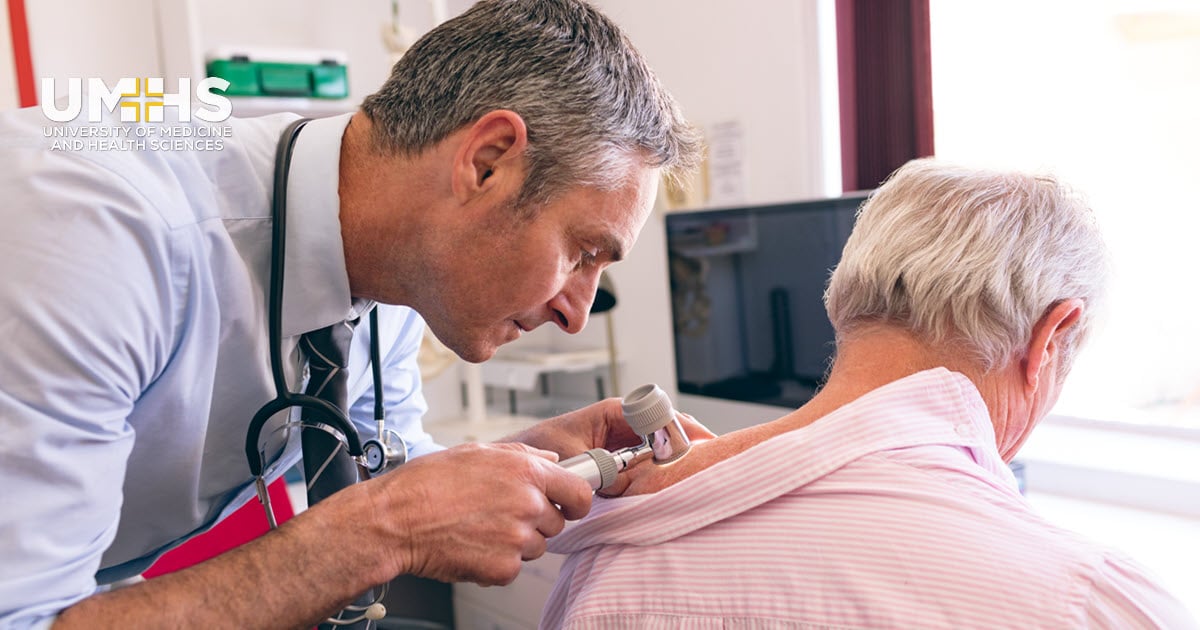Mohs Surgical Procedure Explained: A Key Treatment in Dermatology for Managing Skin Cancer Properly
In the world of dermatology, Mohs surgery stands as a critical procedure for combating skin cancer cells, especially basal cell and squamous cell cancer. This detailed medical approach, conceived by Dr. hair loss. Frederic E. Mohs, prioritizes the specific excision of malignant skin layers, leaving healthy cells untouched. What exactly makes Mohs surgical procedure so efficient and exactly how does it add to favorable client outcomes? As we dig much deeper into the process, its benefits, and possible issues, real worth of this treatment ends up being increasingly obvious.
Comprehending the Fundamentals of Mohs Surgical Treatment
Although it might appear complicated, Mohs surgical procedure is an exact surgical strategy utilized mostly to treat skin cancer cells. The key purpose of Mohs surgical treatment is to get rid of all cancer cells while sparing as much healthy and balanced tissue as feasible. Its precision and high success rate have made Mohs surgery a foundation in dermatology, offering hope to individuals worldwide.

The Procedure: Step-by-Step Malfunction of Mohs Surgical Procedure
While Mohs surgery may appear daunting, understanding the step-by-step procedure can assist debunk the procedure. The treatment begins with the cosmetic surgeon eliminating a slim layer of noticeable malignant skin. This layer is after that carefully examined under a microscope for cancer cells. If cancer cells are identified, the surgeon removes another layer of skin and the process is repeated. This cycle continues up until no even more cancer cells are located, making certain the full elimination of cancer cells while maintaining as much healthy and balanced skin as feasible. The injury is after that shut making use of stitches, a skin graft, or it may be entrusted to recover normally. Postoperative care is important to advertise healing and display for any kind of indicators of reappearance.
The Benefits of Mohs Surgical Procedure in Skin Cancer Cells Therapy
A remarkable number of people have actually uncovered the special advantages of Mohs surgical procedure in their battle against skin cancer. The procedure is generally carried out on an outpatient basis under local anesthesia, making it less taxing on the body than even more intrusive surgical procedures. mohs surgery. Mohs surgical treatment presents a superior alternative for reliable skin cancer therapy.
Possible Risks and Complications Linked With Mohs Surgical Treatment
Despite its many advantages, Mohs surgical procedure is not without potential dangers and issues. Like all operations, it brings a risk of infection, blood loss, and an unfavorable response to anesthesia. In uncommon cases, clients may experience nerve damage, leading to feeling numb or weakness in the area of surgical procedure. There's likewise the opportunity of a reoccurrence or spread of skin cancer, specifically if all cancerous cells were not entirely eliminated throughout the procedure. Marking is another problem, as it can be obvious depending on the dimension and location of the treated location. Finally, the psychological impact of a skin address cancer cells medical diagnosis and subsequent surgical procedure ought to not be underestimated, as it can lead to anxiety and anxiety in some people.
Preparing for and Recovering From Mohs Surgical Treatment: What to Expect
To make sure the most effective feasible end result from Mohs surgical procedure, people require to sufficiently get ready for the treatment and comprehend what to expect during healing. Prep work normally includes an in-depth conversation with the doctor regarding the individual's case history, current medications, and possible allergic reactions. Some medicines may need to hair loss be stopped prior to the surgical procedure to lessen bleeding. Postoperative care is essential for successful recuperation. Individuals may experience mild pain, soreness, or swelling, which can be managed with prescribed medicines. They are suggested to relax, avoid exhausting tasks, and maintain the surgical site tidy and dry. Regular follow-ups are necessary to monitor recovery and find any type of complications early. The trick to healing holds your horses' adherence to their doctor's directions.
Conclusion
